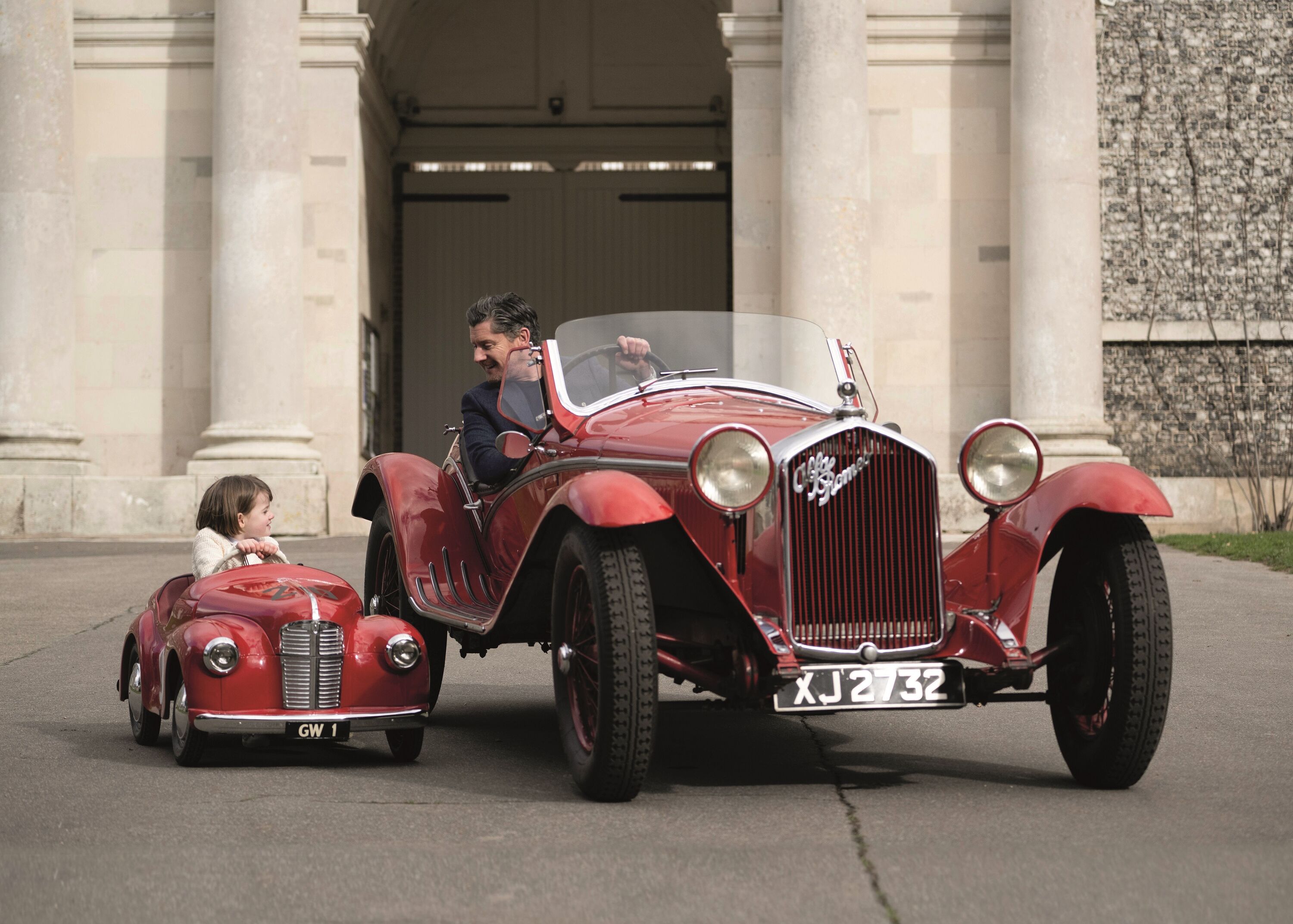Six rotary-engined cars you didn't know about | Axon's Automotive Anorak
It’s only fitting that 60 years after the very first production car powered by a Wankel rotary engine was launched – the cute Bertone-bodied and surprisingly spritely 497cc NSU Spider – Mazda is now reintroducing this revolutionary rotary motor as a range-extender as part of the sophisticated mechanical specification of its new hybrid MX-30 crossover SUV; the Japanese marque’s first use of a Wankel engine since Mazda dropped its excellent but thirsty rotary RX-8 coupe a decade ago.
The Wankel engine had an almost triangular (trochoidal) rotor that turned within a housing, shaped like two partly merged circles. It was a very simple and elegant engineering solution with much promise, and many major vehicle producers soon signed licences to develop and build their own Wankel rotary engines, including General Motors, Ford, Mercedes-Benz, Toyota, Nissan and AMC. Over 60 years however, only four car manufacturers have actually built and sold Wankel engined cars, these being NSU, Mazda (the rotary masters), Citroen, and (wait for it…) the unlikely AutoVAZ, better known outside of Russia as Lada. Here are six Rotary-engined cars that aren't Mazdas

1967 NSU Ro80
Launched to huge astonishment, acclaim and admiration in 1967, the advanced NSU Ro80 placed Neckarsulm-based NSU into the large executive saloon sector of the market for the very first time, taking on the local might of domestic rivals Mercedes-Benz, BMW and Audi at their own game, and defeating them convincingly with a stylish and thoroughly modern twin-rotor powered aerodynamic four-door which made all of the German opposition look obsolete overnight. Unsurprisingly the R080 was rightfully named the European Car of the Year for 1967.
With an engine capacity of just 994cc, the advanced and rapid front-wheel-drive, semi-automatic NSU Ro80’s twin rotor housing was made of aluminium alloy with a nickel-silicon carbide coating that was electrically deposited on the wearing surface. Sadly this proved to be the cause of the Ro80s fast-wearing rotor tip problems which lead to exceptionally high warranty claims for replacement engines, this ultimately leading to NSU’s financial undoing with the company taken over by the Volkswagen Group, and amalgamated with Audi.
The wind-cheating Ro80 survived in production until 1977, with just 37,204 examples built over a ten-year period, with engine wear issues, and then high fuel consumption during the mid-1970s petrol crisis, killing off any chances the exceptionally gifted NSU really ever had of the commercial success the model deserved. The model proved the inspiration for a number of special Wankel one-off prototypes too, such as the wedged 1973 Bertone Trapeze with its unconventional seating arrangement for four, the square-cut Pininfarina Ro80 Sedan and the unusual Gmarmeier gullwing coupe.

1969 Mercedes-Benz C111
The C111 was a series of experimental gullwing GTs, serving as a very public test-bed for Wankel rotary engine technology and initially planned for limited production, which sadly never took place. Using a mid-mounted triple-rotor Wankel developing 285PS, Mercedes exhibited a number of C111s in different forms; the Karl Wilfert-styled 1970 Geneva Salon prototype being the definitive example of this desirable what-might-have-been rotary supercar.

1970 Citroen M35
To tie in perfectly with its pioneering image, in the late 1960s Citroen set up a joint venture with NSU to found Comotor, a specialist Wankel engine production facility, based near Geneva. The first fruit of the Comotor plant was the experimental Citroen M35, a two-door coupe based on the popular Citroen Ami 8, assembled in limited quantities by Heuliez, and using hydraulic variable height suspension. Never intended for series production, only 267 M35s were built, with the rotary cars given to favoured Citroen clients to pre-test who drove at least 30,000 miles per annum. The cars are now real collectors' items.

1973 Chevrolet Corvette GT Birotor and 4-Rotor
Unveiled at the 1973 Frankfurt IAA Show, General Motors used its prestigious Chevrolet Corvette sporting sub-brand to showcase its Wankel rotary development work, by displaying a pair of handsome Corvette rotors prototypes; the front-engined XP 987 GT Birotor concept, powered by a 4.4-litre twin-rotor Wankel engine, plus its larger and more imposing sibling, the gullwing 4-Rotor designed in Detroit by Vinnie Kay and Jerry Palmer, The exotic 4-Rotor used a quad rotary Wankel engine, developing 355PS.

1973 Citroen GS Birotor
Citroen’s first commercially available Wankel model was the fated GS Birotor, sometimes known as the GSA. An unfortunate victim of very bad timing, the GS Birotor was launched at the 1973 Paris Salon, just as the Yom Kipor fuel crisis was kicking in. Distinguishable to GS spotters by its unique flared wheel arches and CX-derived hub caps, plus metallic-only colour (usually a shade of brown/beige) just 874 GSXs were sold before the advanced but thirsty rotary-engined model was withdrawn. Citroen had originally planned for its new DS-replacing CX range topper to be launched with a Comotor Wankel engine too, but the fuel crisis put paid to that plan.

1985 AutoVAZ 2108 Lada Samara
As unlikely as it might sound, Lada is only the fourth carmaker to actually put rotary-engined models into production, with the original 2015 (Lada Riva) first offered with a Wankel motor in limited volume in 1982, derived from competition-only use for the domestic Russian market, as made by VAZ’S military division and tuned to develop over 150PS. A rotary engine had the advantage of being able to run perfectly on the poor quality low-octane fuel available in the USSR and throughout the Eastern Bloc at the time. This Lada Wankel engine proved to be even less reliable than the initial NSU units, with a life expectancy of only 20,000 miles being quite normal.
The classic Riva-shaped model was later supplemented by a Lada 2108-91 Samara-based hatchback rotary, used mainly by the Komitet Gosudarstvennoy Bezopastni (KGB) and other ‘official’ bodies. The 2108 Samara used a twin-rotor VAZ 415 engine, mated to a five-speed gearbox and capable of reaching 124 mph, with 0-100 k/mh (0-62 mph) appearing in just eight seconds. Although not much information was ever publicly revealed outside of Russia about the Wankel-engined Lada models, the cars were shown on the AutoVAZ Lada stand at the 1998 Moscow Motor Show, with small-scale production ceasing as late as 2002.
Hopefully in its new range-extender application, as now being introduced by Mazda, the rotary engine will prove to be reliable and have a new lease of life.
rotary
Mazda
NSU
Citroen
Mercedes
Lada
Corvette





